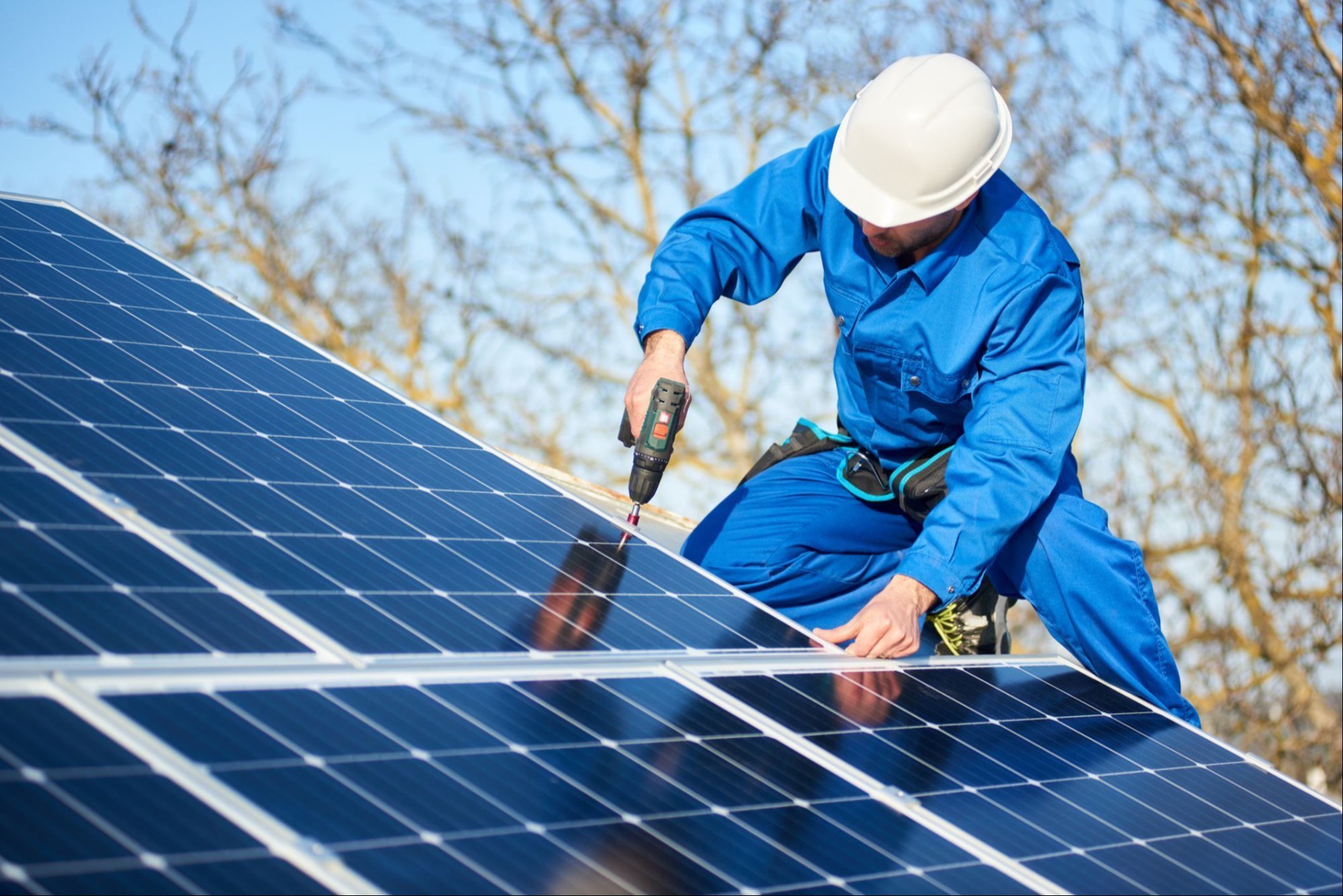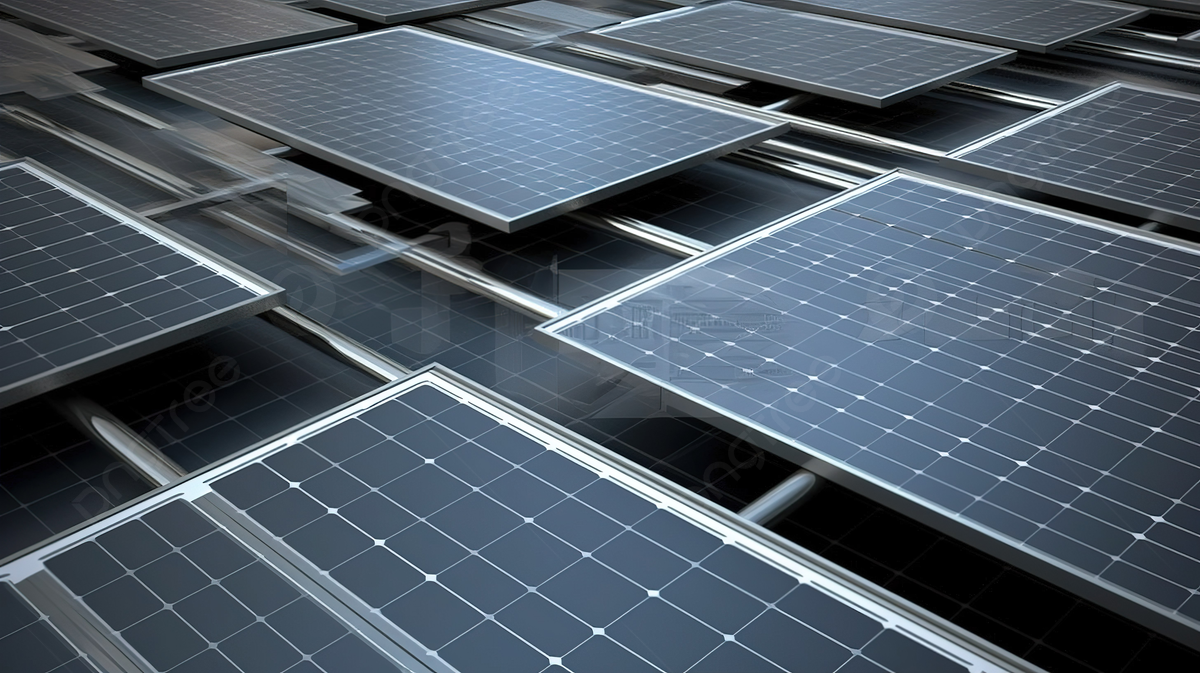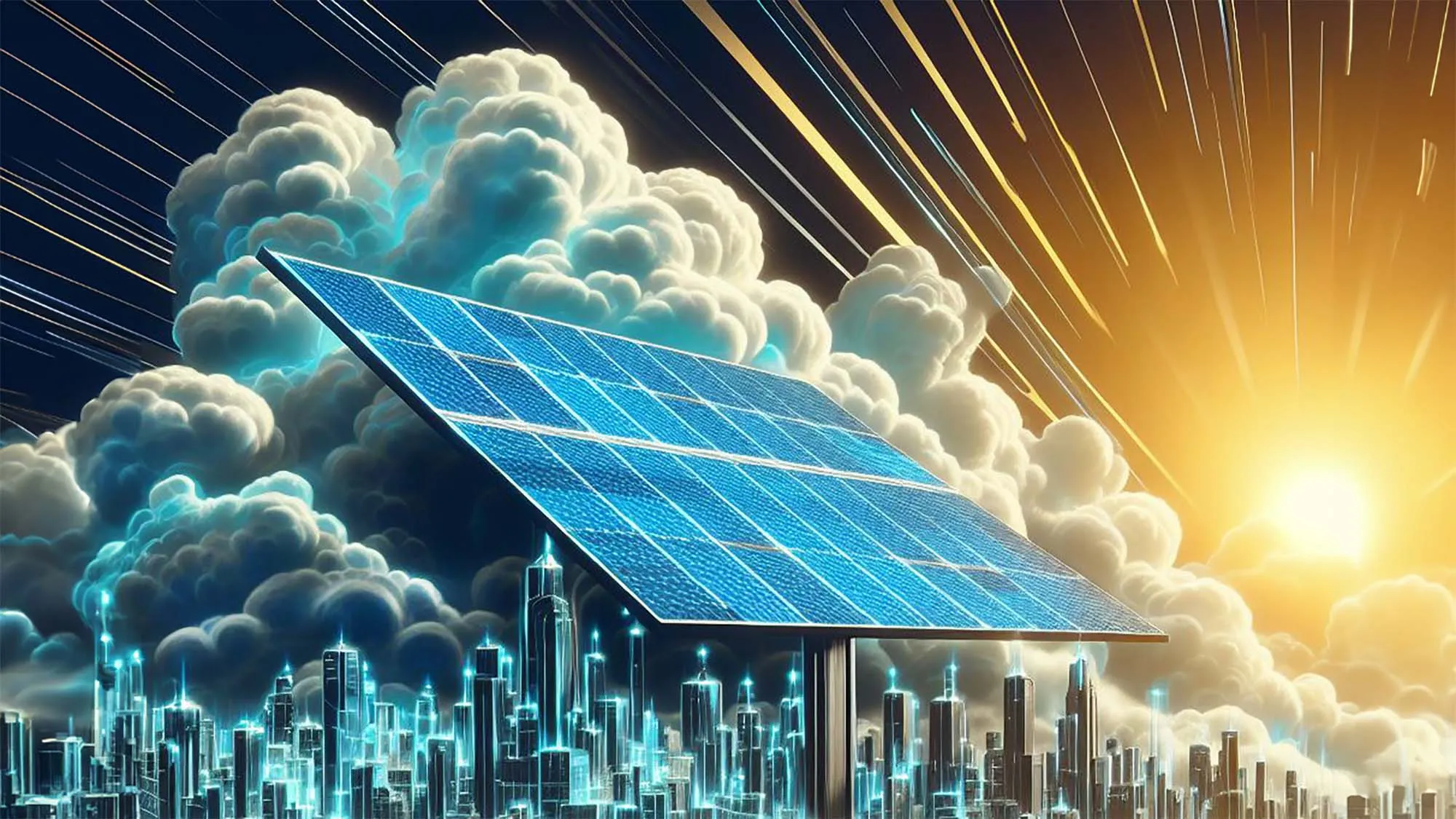The future of solar energy looks bright—literally and financially. As climate change becomes an increasingly urgent challenge and renewable energy technologies evolve, one of the most common questions among homeowners, businesses, and eco-conscious consumers is: “When will solar panels finally become cheap enough for everyone?” The answer? Soon
The future of solar energy looks bright—literally and financially. As climate change becomes an increasingly urgent challenge and renewable energy technologies evolve, one of the most common questions among homeowners, businesses, and eco-conscious consumers is: “When will solar panels finally become cheap enough for everyone?” The answer? Soon—but with a few important caveats.


Governments, corporations, and consumers are racing toward clean energy solutions. Solar power has emerged as a frontrunner thanks to its scalability, abundance, and relatively low maintenance costs. Over the past two decades, the price of solar panels has dropped dramatically—by over 80% since 2010, according to the International Renewable Energy Agency (IRENA). So why aren’t solar panels already ultra-affordable everywhere?
It’s easy to assume that falling panel prices mean falling solar prices overall. But the cost of a solar installation includes:
In fact, non-hardware costs (also known as "soft costs") can make up more than 50% of a residential solar installation. So even if panel prices continue dropping, the total system cost may not plummet just yet.
Here's when we might see a true "solar for all" price point:
Thanks to:
Expect a continued 5–10% annual drop in panel prices globally.
This is when solar will cost the same or less than electricity from the grid without subsidies in most parts of the world—including developing countries.
The key to 24/7 clean energy lies in energy storage (like lithium-ion or solid-state batteries). As battery prices fall and efficiency rises, full solar independence could become financially viable for the average homeowner.
Several barriers still exist:
But the good news? These are solvable problems—and solutions are already underway.
If you have access to incentives, net metering, or low-interest solar loans—now might be the best time. Solar panels already pay for themselves over 6–10 years in many parts of the world, and with rising utility prices, waiting could cost you more in the long run.
…it might be smart to wait a few more years or monitor emerging solar-as-a-service models that require zero upfront investment.

: A Brighter, Cheaper Future We are closer than ever to a world where solar energy is not only clean—but universally affordable. With prices trending downward, policy momentum building, and new technologies on the horizon, the next five years could make solar panels cheaper than ever before.